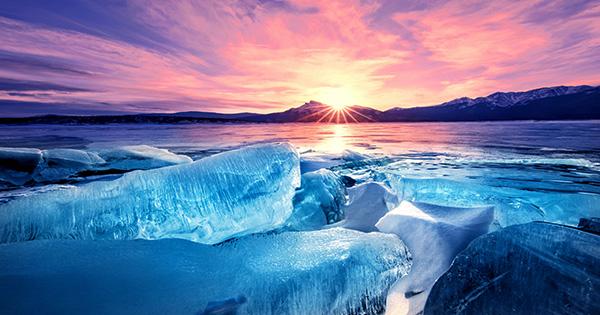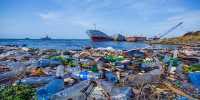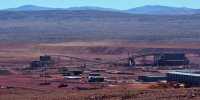Arctic summer sea ice has sunk 46 percent since accurate observations began 40 years ago, but one region has remained relatively immune. Known as the latest ice region, this region north of Greenland and parts of Canada are seen as important for the potential of endangered polar species.
But in the face of record-breaking temperatures in Canada and the Arctic Siberia, scientists are not surprised that the shelter is also under threat from a rapidly warming world. Dr Axel Schweiger of the University of Washington said in a statement, “The current thinking is that this area could be the last refuge for ice-dependent species.”
“So … if people speculate that people may be more at risk, it’s important,” said examples of polar bears and walruses, which need ice to hunt, and some seals that use it to protect their young. Schweiger Communications is the top author of a study of the Earth and the environment that proves that this has indeed happened. The paper focuses on the Wandel Sea, the easternmost part of the last ice region, and probably indicates the fate of the whole region. The Wandel is located north of East Greenland. It has two large fizzards open to feed the Arctic Ocean from the interior of Greenland.
“Sea ice travels through the Arctic, it has a certain type and it is naturally piling up along the coasts of Greenland and northern Canada,” Schweiger said. “In climate models, when you spin them in the coming century, that region tends to have the longest ice in the summer.” The first sign of the latest ice region may not be as impenetrable as it was thought before spring 2018, when the unusually northerly winds exposed the vast ice-free zone.
This may have been dismissed as a bizarre phenomenon, but on August 14, 2020, satellites showed that a few months ago, despite almost normal levels, only 50 percent of the Wandel Sea was ice. Squigger and co-authors modeled the event in detail, trying to differentiate transitory and long-distance drivers.
















